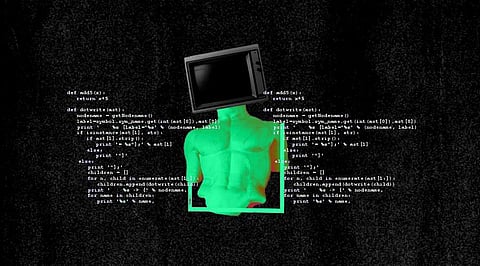

Programming languages have come a long way since the inception of computer programming. From early machine code to high-level languages, each step in their evolution has significantly impacted how developers interact with computers. In this article, we explore ten fascinating facts about the evolution of programming languages.
Fortran, short for "Formula Translation," was the first high-level programming language, introduced in 1957. Developed by IBM, Fortran allowed programmers to write code using English-like statements, making it easier to perform complex scientific and engineering calculations.
COBOL (Common Business-Oriented Language), released in 1959, was designed to meet the needs of business applications. Its English-like syntax made it accessible to non-technical professionals, leading to widespread adoption in the business world.
C, created by Dennis Ritchie at Bell Labs in 1972, was a groundbreaking programming language. Its portability and efficiency made it a favorite for systems programming, and it served as the foundation for many modern languages like C++, Java, and Python.
Smalltalk, developed in the 1970s, was one of the first object-oriented programming languages. It introduced the concept of objects and classes, paving the way for modern OOP languages like Java and C++.
JavaScript, introduced by Netscape in 1995, was a crucial milestone for web development. As a client-side scripting language, it allowed web developers to create interactive and dynamic websites, transforming the internet as we know it today.
Python, created by Guido van Rossum in 1989, has seen a remarkable surge in popularity in recent years. Known for its simplicity and readability, Python is widely used in web development, data science, artificial intelligence, and more.
Swift (Apple) and Kotlin (Google) emerged in the 2010s as the preferred programming languages for iOS and Android app development, respectively. Their user-friendly syntax and extensive libraries contributed to the explosive growth of mobile applications.
Haskell, developed in the late 1980s, popularized functional programming paradigms. Based on mathematical functions, Haskell and other functional languages like Lisp and Erlang provide a unique approach to problem-solving.
Assembly language, considered a low-level language, is closely tied to the computer's architecture. Though less commonly used today, it is essential for tasks that require precise control over hardware, like operating system development and embedded systems.
As quantum computing gains momentum, specialized languages like Q# (Microsoft) and Quipper (Microsoft and Oxford) have emerged. These languages enable researchers and developers to work with quantum algorithms and harness the power of quantum computers.
Join our WhatsApp Channel to get the latest news, exclusives and videos on WhatsApp
_____________
Disclaimer: Analytics Insight does not provide financial advice or guidance. Also note that the cryptocurrencies mentioned/listed on the website could potentially be scams, i.e. designed to induce you to invest financial resources that may be lost forever and not be recoverable once investments are made. You are responsible for conducting your own research (DYOR) before making any investments. Read more here.
